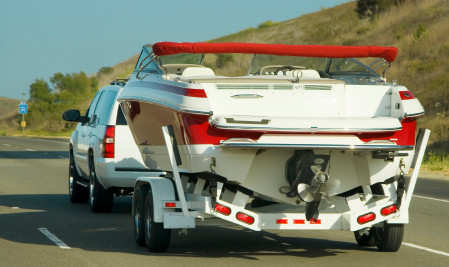Tow Coupling
Whether for a bicycle or a bulldozer, tow couplings are problematic.
Probably the most common tow coupling is the familiar ball joint fitted to cars towing trailers. It is effective but capable of improvement. The main shortcoming is that its strength is limited to the small latching components, the integrity of the housing accommodating these parts, and the cantilever strength of the ball on its stalk.
Hence this type of coupling is unsuitable for high loads. For heavy vehicles cumbersome designs with large pins and bushes are used. Three axes are needed to provide full articulation, but since it is not physically possible for the three axes to have a common intersection point, they must be offset. This eccentricity aggravates internal forces and hence wear. Hence maintenance costs are high.
The RoundPeg joint (patent pending) solves the problem by separating the pivot function from the latching function. This makes possible an inherently sturdy coupling that has large contact surface areas thus providing good wear resistance.
Further, it allows a large range of angular travel about three axes. The axes intersect at a common point, which means that the coupling is effectively like a ball joint.
The basic concept is equally applicable to large or small couplings, ranging from toys or bicycles to heavy earthmoving machinery. The design is amenable to economic manufacture whether by CAD/CAM , moulding, casting, or forging.
More details can be provided to interested parties on a confidential basis (Non-Disclosure Agreement).

